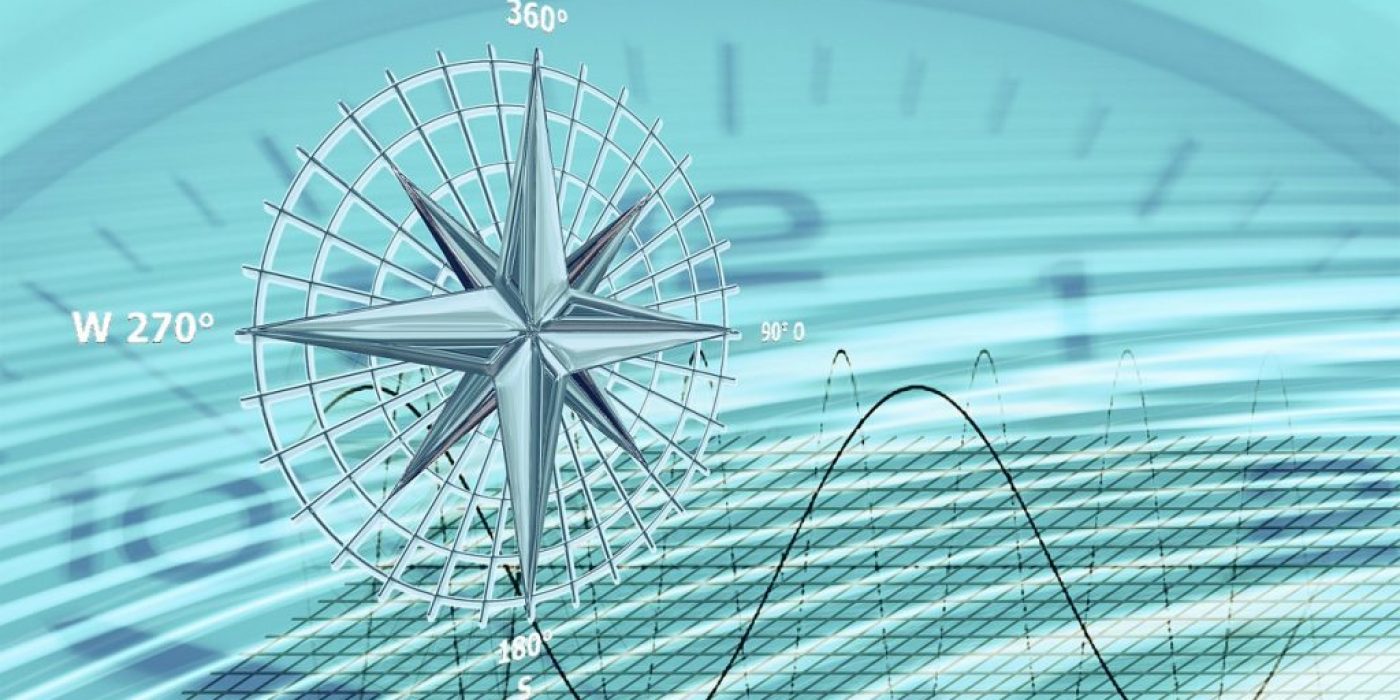March ended on a positive note: the naval traffic in the Suez Canal was resumed. With 13 percent of the world trade passing through the Canal, the halting traffic put global trade under pressure for several days, but no dramatic disruptions were reported. So all is good, except for business risk and geopolitical analysts worldwide turning to the map and highlighting those choke points that are essential for global trade (and the supply chain) to keep going.
Other than that, we looked into two major topics this month:
- Trade and Tech Wars, considering the increased global polarization. The research was triggered by the news highlighting a global semiconductor shortage (in the media since February).
Some of the conclusions can be found in an analysis by Antonia Colibășanu, available here.
We found that the key to the current competition is held by a Dutch company called ASML, which produces machinery able to provide high tech semiconductors. As we expect the race to intensify further, we will continue to monitor the topic.
An important development since we’ve looked at this: Taiwan is facing its worst drought in 67 years. On March 24, the Taiwanese government issued its first water supply red alert in six years. Many areas of the country have been forced to ration water extensively, including areas that house large wafer manufacturing operations for both Micron Technology Inc., and Taiwan Semiconductor Manufacturing Co. (TSMC). Both depend on a stable water supply for several steps in the wafer manufacturing process. (More here) We will continue to watch this as events unfold, considering the important ramifications the drought might have on the semiconductor manufacturing industry.
- Demographics and Education Strategies considering the pandemic effects on both. The research was triggered by a conversation during an educational webinar organized by Scholas Occurentes.
Some of the conclusions can be found in an analysis by Antonia Colibășanu, available here.
We will continue to monitor the topic, especially since the pandemic is still ongoing. So far, by taking a look at the educational system’s problems, as highlighted in the media and specialized reports, we have come to the conclusion that foundational restructuring was needed before the pandemic – but the health crisis started in 2020 only accelerated the need for reform. We’ve looked at several countries to understand their specific problems as well as their similarities when it comes to their education system. Some highlights in the graphics below.
Our model to integrate the education system into geopolitical analysis refers to human resources. This is why the education system is as strategic as the health system – both critical for the country’s human resources and demographic model.
Our reading recommendation for the month: an essay about the geopolitical vision of Alfred Mahan.







